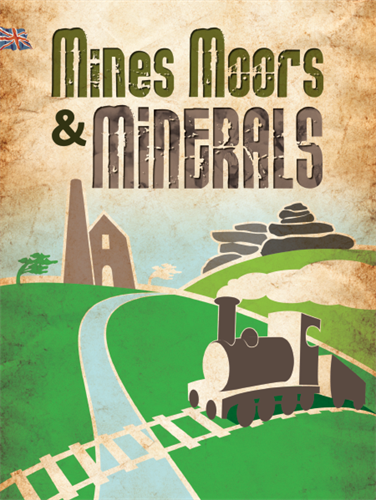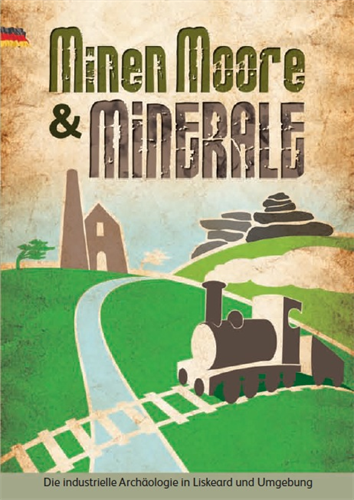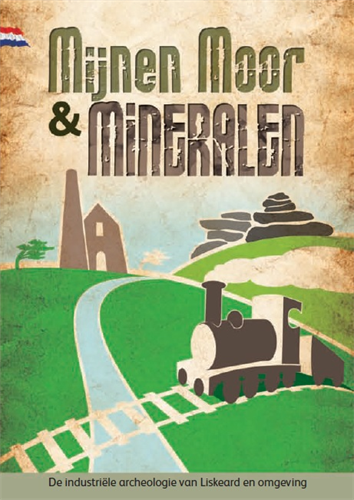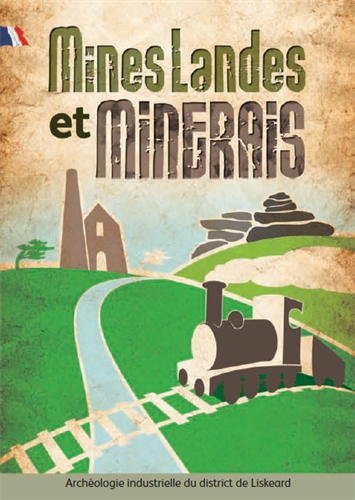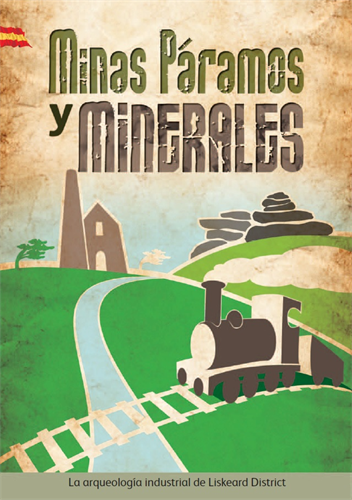Liskeard District Industrial Heritage Podcasts
The Caradon mining area is a magnet for industrial heritage enthusiasts. The remains of engine houses on the south eastern edge of Bodmin Moor tell of 19th century mines producing copper, tin and other minerals. They circle the dramatic Cheesewring quarry which eats into the dark grey granite of Stowes Hill.
From here the trail of the Liskeard & Caradon Railway can be followed for much of its route to Moorswater from where first a canal and later a railway carried the copper ore and stone to Looe for transportation by sea. Strong mining communities developed in the villages of Herodsfoot and Menheniot where lead and silver were mined and explosives were made.
Listen to the Mines, Minerals & Moors Podcasts
Liskeard & Caradon Railway – Tokenbury Corner
Menheniot’s Industrial Past
Minions’ Industrial Heritage
Moorswater – Industrial Past and Present
Herodsfoot Audio Trail
Geology of the Liskeard Area
The oldest rocks in the area were formed around 400 million years ago when sea levels were much higher and muds were deposited on an ancient sea bed. During a tectonic collision around 300 million years ago these deposits were compressed to form slates (locally called killas) and uplifted to form a huge mountain chain.
The base of the mountains melted under the immense pressures and temperatures to form magma which rose into the core of the mountains and solidified into granite. The granite slowly cooled and fractured. Hot water, rich in various elements, circulated through these cracks depositing minerals containing tin, tungsten, copper, silver and lead.
Millions of years of erosion lowered the mountains and shaped the moorland we see today. Where the killas was worn away tors and outcrops of harder granite such as the Cheesewring have been left exposed.
During the last ice age the area became an icy tundra, the rock and minerals were shattered and broken down filling the valleys. When the climate warmed, the returning rivers washed away less dense rock leaving behind deposits of heavy minerals such as the tin-bearing cassiterite.
Discover Liskeard’s Mining Heritage
In 2006 selected mining landscapes across Cornwall and west Devon were inscribed as a UNESCO World Heritage Site, placing Cornish mining heritage on a par with international treasures like Machu Pichu, the Taj Mahal and the Great Wall of China. To explore the stories of Cornish mining and Liskeard’s pivotal role in the story visit the Cornish Mining World Heritage Site website.
Thank you to the East Cornwall Local Action Group, whose grant support made the creation of these leaflets and podcasts possible.








